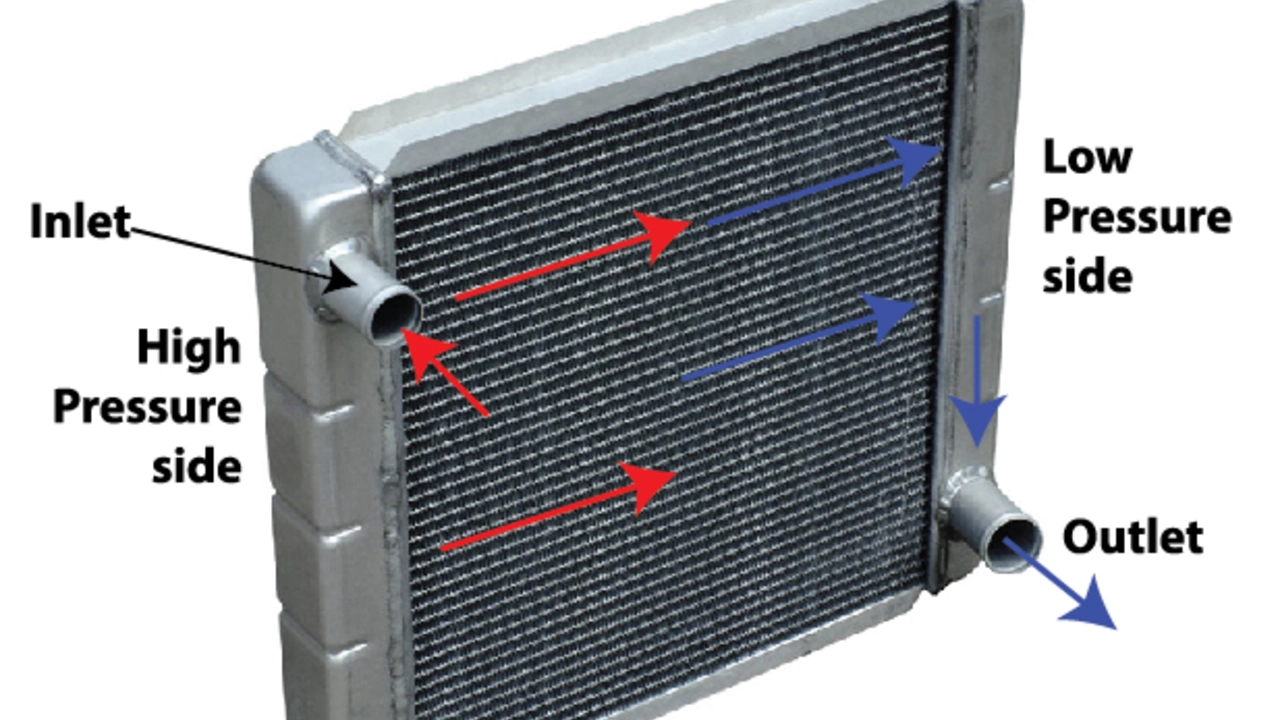Bad Radiator: Signs, Causes & Fixes for Your Sports Car
If your engine feels like it’s about to melt, the radiator is probably the culprit. A bad radiator can turn a thrilling drive into a costly visit to the garage. The good news? Most radiator issues show clear clues, and many of them you can handle yourself before they get serious.
Common Signs of a Failing Radiator
First thing you’ll notice is temperature gauge climbing higher than normal. Modern cars flash a warning light, but older models just let the needle creep up. Look for steam puffing from under the hood – that’s hot coolant escaping. You might also smell a sweet, syrupy odor; that’s leaking coolant. If you see puddles of bright green or orange fluid where you park, the radiator or its hoses are leaking.
Another red flag is a coolant temperature that swings wildly after a short drive. One minute it’s cool, the next it spikes. That often means air trapped inside the system or a stuck thermostat, both tied to radiator health. Finally, if the fan runs constantly, the engine is trying to compensate for poor heat transfer – a classic sign of a clogged or damaged radiator.
DIY Fixes and When to Call a Pro
Before you pop the hood, make sure the engine is cool. Open the radiator cap slowly to release any pressure – you don’t want that hot coolant blasting you. Check the coolant level; topping it up with the right mix (usually 50/50 coolant and water) can solve minor low‑coolant problems.
If the fluid looks dirty or rusty, your radiator may be clogged. A simple flush can clear out sediment. Buy a radiator flush kit, follow the instructions, and run the engine for the recommended time. After flushing, refill with fresh coolant and keep an eye on temperature for a few days.
Leaking hoses are easy fixes – just replace the hose and secure the clamps. For a cracked radiator tank, a professional repair is usually cheaper than a full replacement, but many owners opt for a new radiator, especially on high‑performance German cars where heat management is critical.
When you should call a mechanic: persistent overheating after flushing, visible cracks in the radiator core, or if the car loses coolant fast despite no visible leaks. Also, if you notice a whining noise from the water pump or corrosion around the thermostat housing, those are best left to a pro.
Regular maintenance can keep a bad radiator from becoming a nightmare. Check coolant level every month, replace coolant according to the manufacturer’s schedule (often every 2‑3 years), and inspect hoses for wear. On German sports cars, a high‑quality coolant formulated for aluminum radiators is worth the extra cost.
Keep an eye on your driving habits, too. Heavy city traffic and short trips don’t give the cooling system enough time to fully circulate, which can lead to sludge build‑up. If you mostly drive on the track, consider a performance radiator with larger cores and better flow.
In short, a bad radiator shows heat‑related symptoms that are hard to miss. Spot the signs early, perform simple checks and flushes, and know when it’s time to hand the job over to a specialist. Your engine will thank you with smoother power delivery and fewer expensive repairs.
